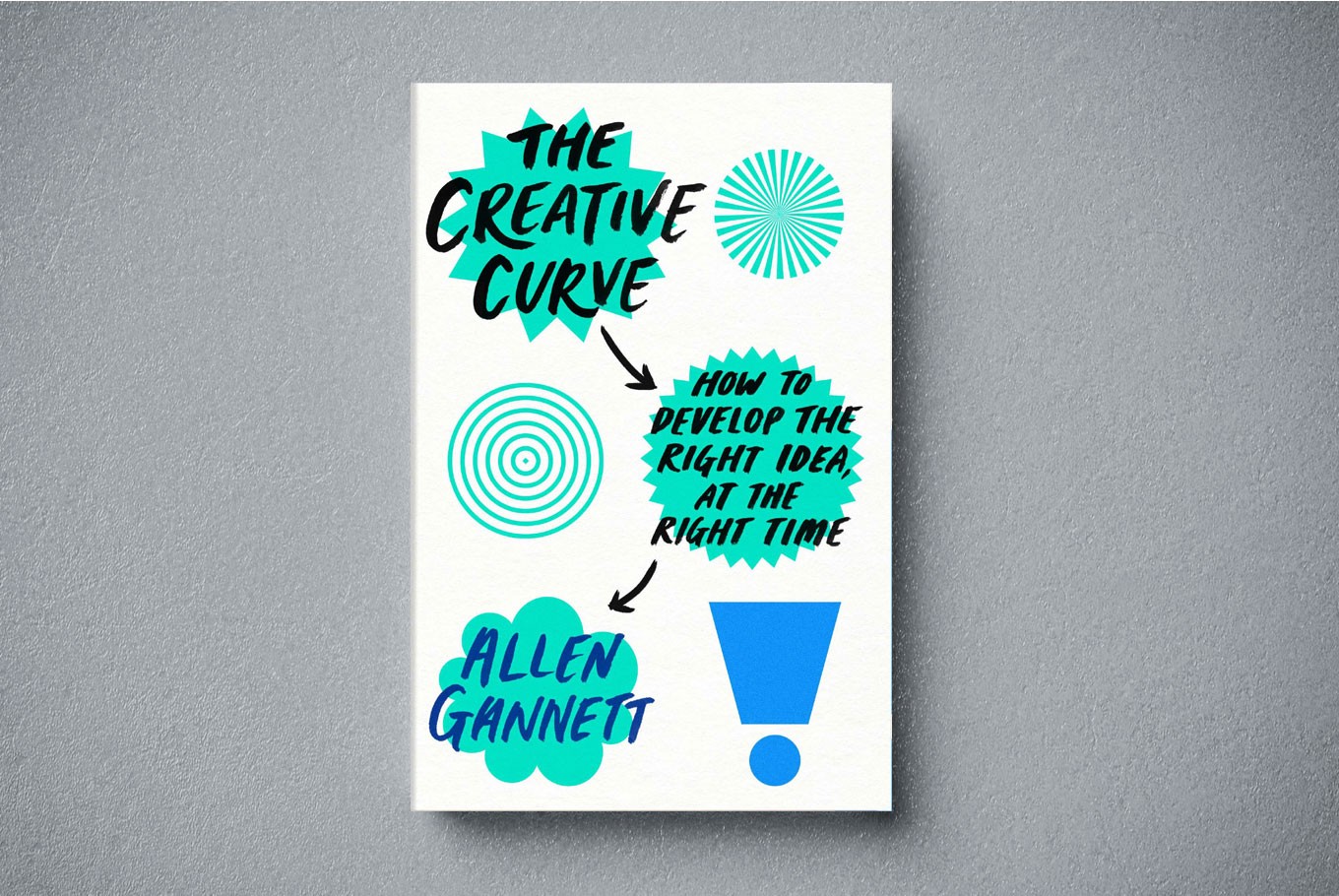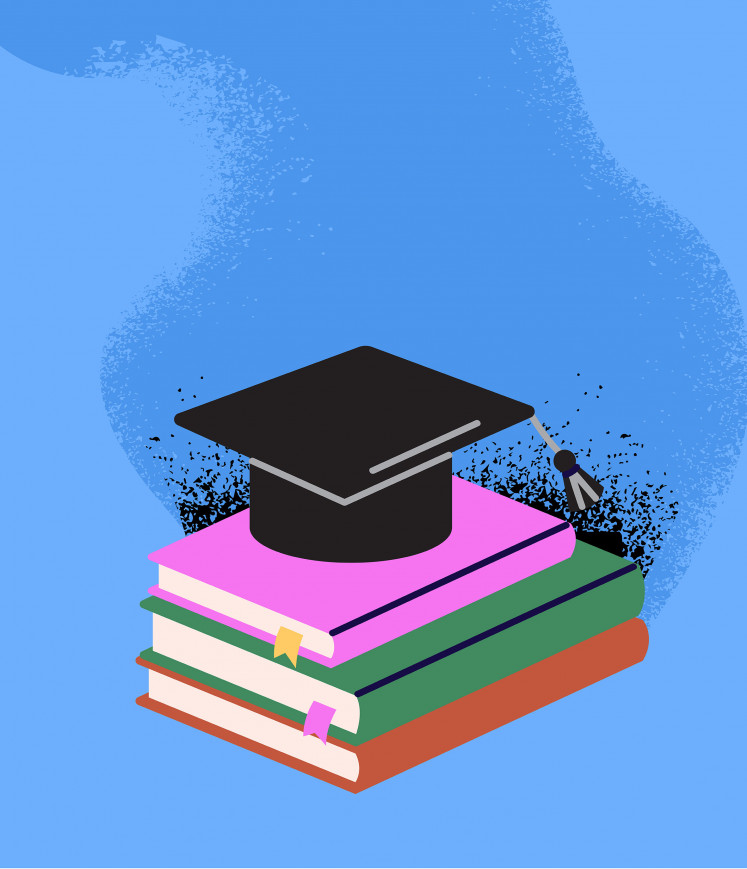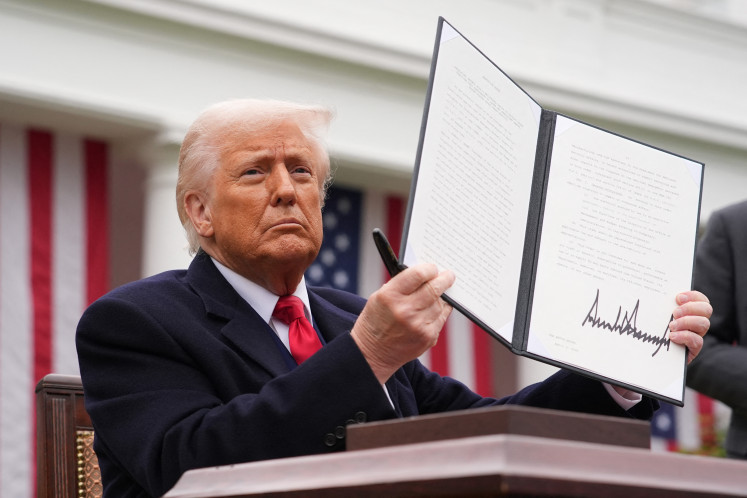Popular Reads
Top Results
Can't find what you're looking for?
View all search resultsPopular Reads
Top Results
Can't find what you're looking for?
View all search results'The Creative Curve': Creativity principles and what you can do to be more creative
To illustrate the creativity essentials, Gannett introduces the “Creative Curve” along with four primary tenets that accompany the process of being a creative individual.
Change text size
Gift Premium Articles
to Anyone
I
have always wondered whether creativity is something that can be honed and enhanced or simply a built-in trait that is only possessed by the lucky ones or born-genius kids. The good news is that we can. Allen Gannett in The Creative Curve: How to Develop the Right Idea at the Right Time proves that creativity is, surprisingly, formulaic. One may practice his or her creative endeavors provided she or he acquires and complies with “the creativity essentials”.
To illustrate the creativity essentials, Gannett introduces the “Creative Curve” along with four primary tenets that accompany the process of being a creative individual.
The book is divided into two parts. The first part compiles the experience of people who managed to exercise their creativity by utilizing their experience and exposure, and unravels the myths about creativity. The second part deals with the four central tenets that make up the “Creative Curve”, offering the elements that may aid us once we have little experience and exposure to the subject we are trying to explore.
I have always thought that creativity is analogous to novelty, something that has never been thought of by anyone else. Gannett addresses the novelty of ideas by illustrating the case of "Yesterday" by The Beatles. Paul McCartney managed to produce the melodies for the song while dreaming as “the result of subconscious processing of music he loved”.
That is to say, creativity is indeed an accumulation of intense practice, familiarity and massive exposure.
Nevertheless, those sole aspects above could not be considered the recipe for the pursuit of creativity. Gannett cites psychologist Mihaly Csikszentmihalyi's concept for labeling something as creative. The framework can be useful for those who want to market their ideas, be it in business or daily life.
My favorite part of the first division is the story of American artist Jonathan Hardesty’s 13 years of practice. Hardesty’s case manages to challenge the famous 10,000 hour rule to gain expert-level understanding and mastery. What he did was purposeful practice, which led him to produce high-quality paintings. It somehow affirms that everyone has an equal chance of being creative as long as they are immersed in their pursuit and set a realistic goal.
However, creativity is often considered a social construct rather than a product of forward and innovative thinking. The story of Charles Darwin and Alfred Russel Wallace on the theory of natural selection is the perfect illustration of when one is highly more credited for a “simultaneous invention”. Thus, I suggest that we must consider the factors that label something as creative, which Csikszentmihalyi has conceptualized.
Read also: Video games can boost creativity, study finds
As the first part narrates the anecdotes of the well-known figures in exercising their creativity, the second part offers readers four underpinning laws that may lead to uncovering their creative side. In explaining his laws, Gannett describes the underlying concepts by exemplifying the journey of some famous individuals in stimulating their creativity.
In this part, I find an applicable rule in “Law I: Consumption” that may be plausible to encourage creativity: 20 percent rules. The rule motivates us to invest 20 percent of our waking hours in consuming materials in our creative field as “intentional consumption can be an alternative to exercise creativity”. Likewise, Gannett arms his readers with three other laws that I consider to be more practical tools to harness one’s creativity.
To sum up, formulaic procedures, like-minded individuals, and data-driven processes have significant portions of shaping one’s creativity.
By reading this book, I realize that creativity embodies a lot of complex elements in our life. The enhancement of creativity requires perpetual attempts to arm ourselves with existing trends, vast background knowledge, a supportive network, and well-executed research. This is the part when Gannett lends his hand for us to explore the realm of creativity that was once considered exclusive to prodigies, or high-level society only. (mut)
***
Nindya Soraya Dharma is an English Instructor at Balai Bahasa, Pendidikan Indonesia University (UPI), Bandung. In her spare time, she writes, reads, and plays games. Her blogs: https://medium.com/@nindyasoraya and https://nsdreads.wordpress.com/










